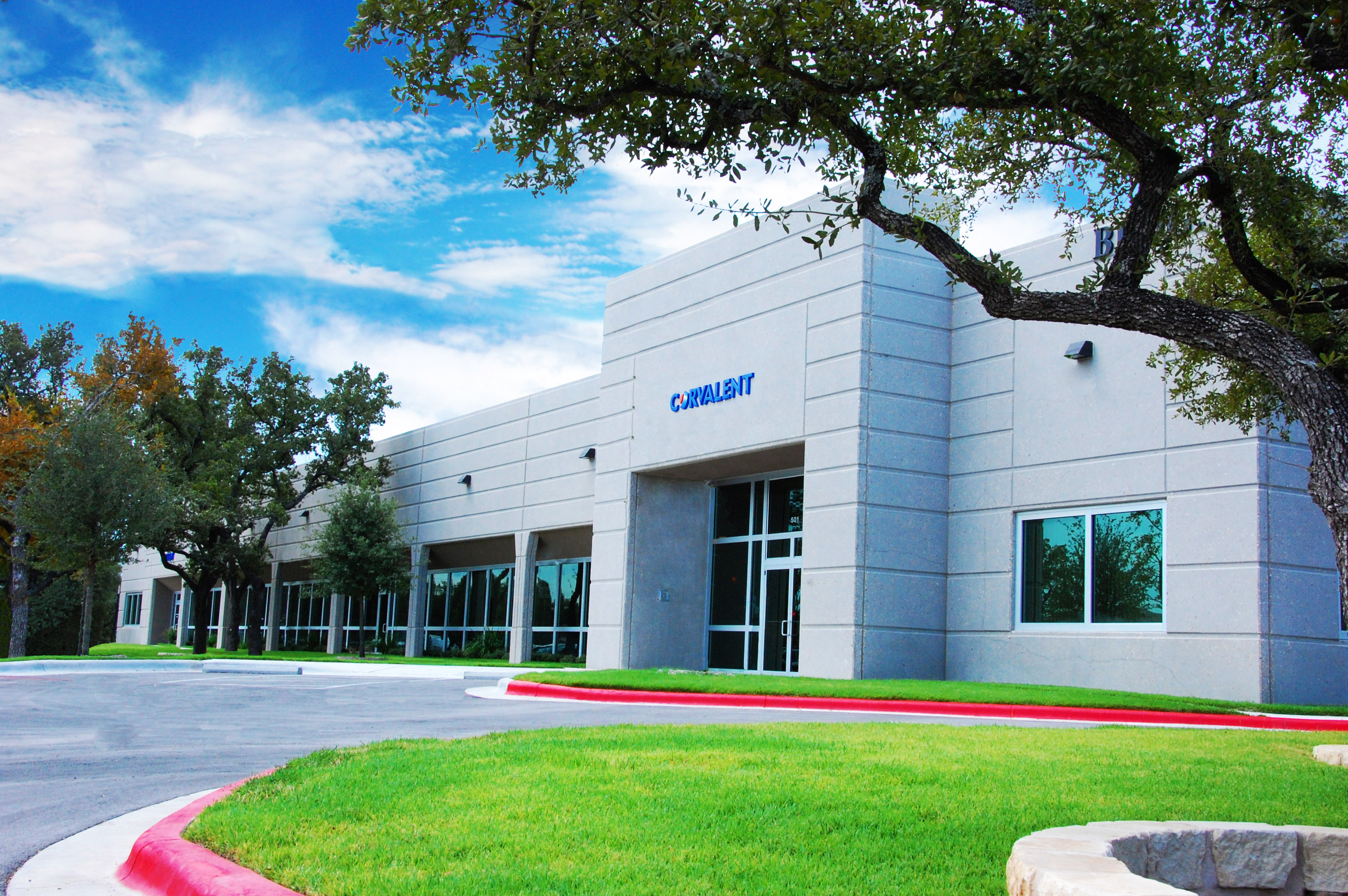Best Practices in Integrated HMI/SCADA Systems Enable Smarter Data Acquisition
| Corvalent
Open platform development tools enable more effective, affordable approaches to SCADA
Harnessing the power of data has driven substantial change in the oil and gas industry. As embedded technologies have fast-tracked and expanded data collection and analysis, the impact is global, and operators worldwide are able to develop fuel sources that were once thought inaccessible at any cost.
High performance, HMI-based systems are at the center of this technology expansion, handling diverse and demanding physical computing environments while executing sophisticated SCADA applications.
It’s a successful combination of hardware and software capabilities that has broadened horizons for oil and gas operations, setting the stage for intelligent oilfields where people, equipment, and assets are connected for the highest quality production and safety.
Conversely, SCADA applications are complex and time-consuming to develop, increasing the challenge of seamless integration with new and existing HMI systems. Deployment becomes even more complex as designers and OEMs must reduce development resources to ensure competitive value in unique oilfield settings, but must not sacrifice proven rugged performance, system consistency, and long-term supply in the process.
Today’s pre-integrated HMI/SCADA systems are helping to resolve the issue by blending software and hardware to simplify development, reduce proof-of-concept timelines, and ensure compatibility. Not all platforms are created equal, however, and OEMs must be well-versed in the best practice design choices that protect long-term HMI/SCADA performance from both hardware and software perspectives… (View full article at Control Engineering)
About the Author
